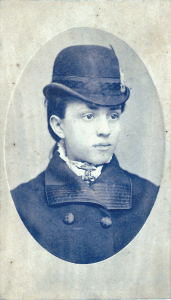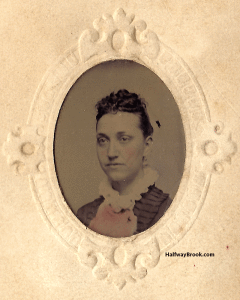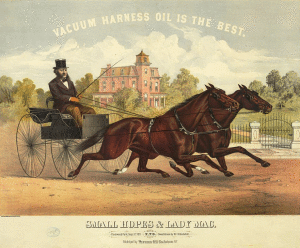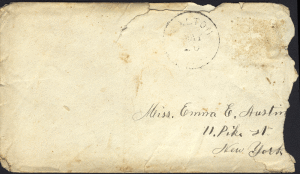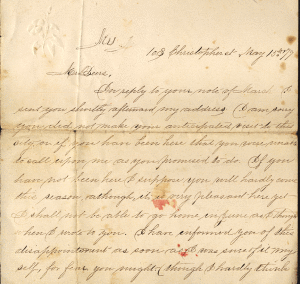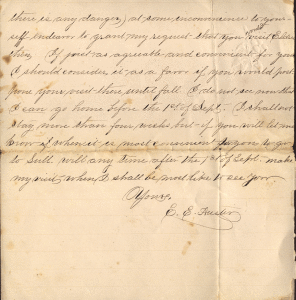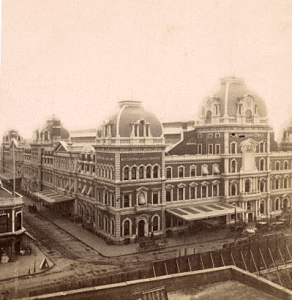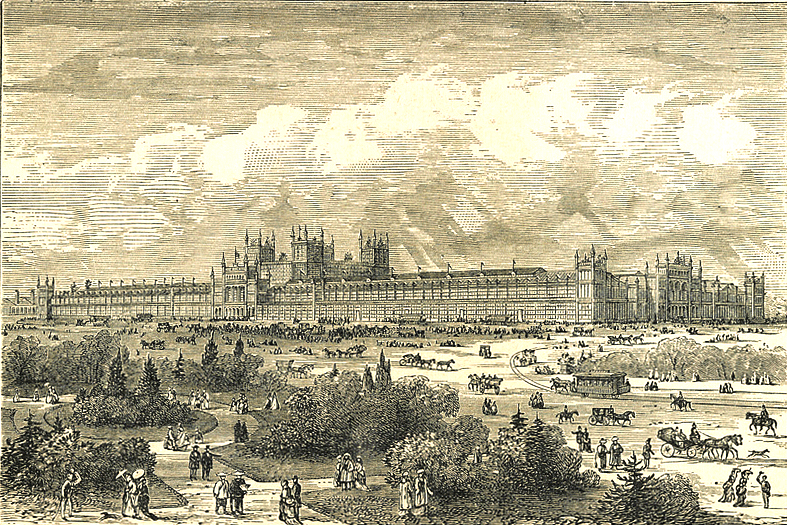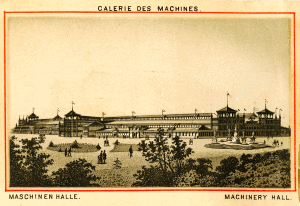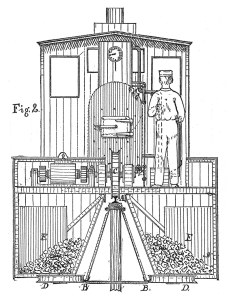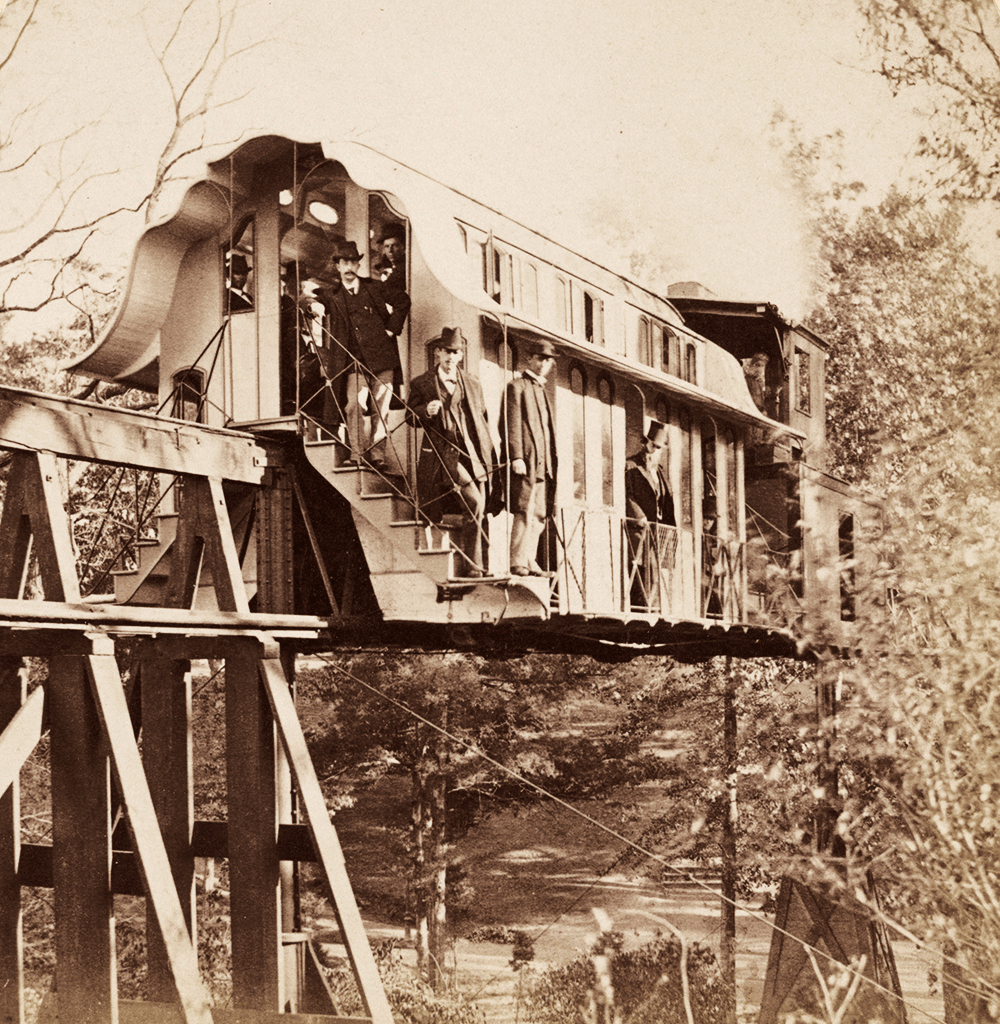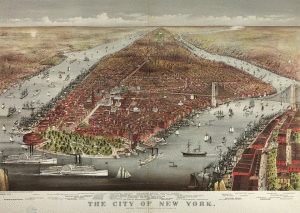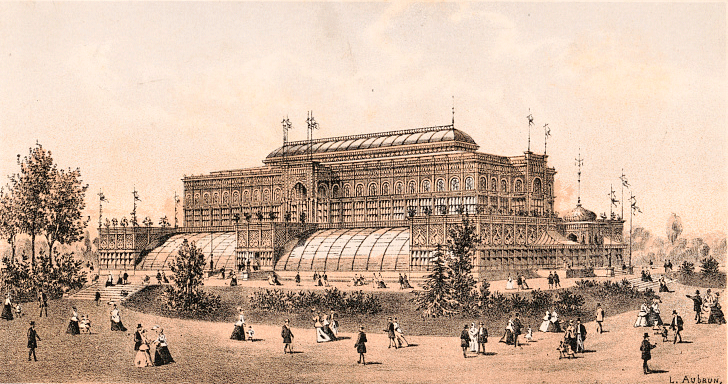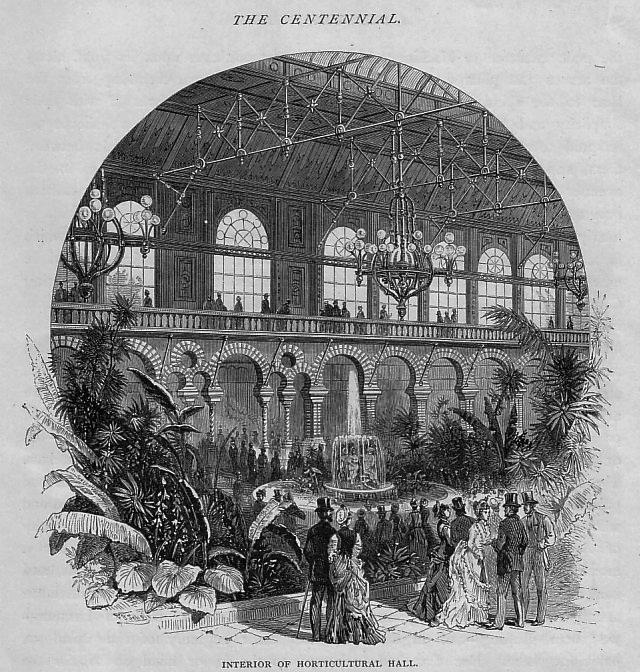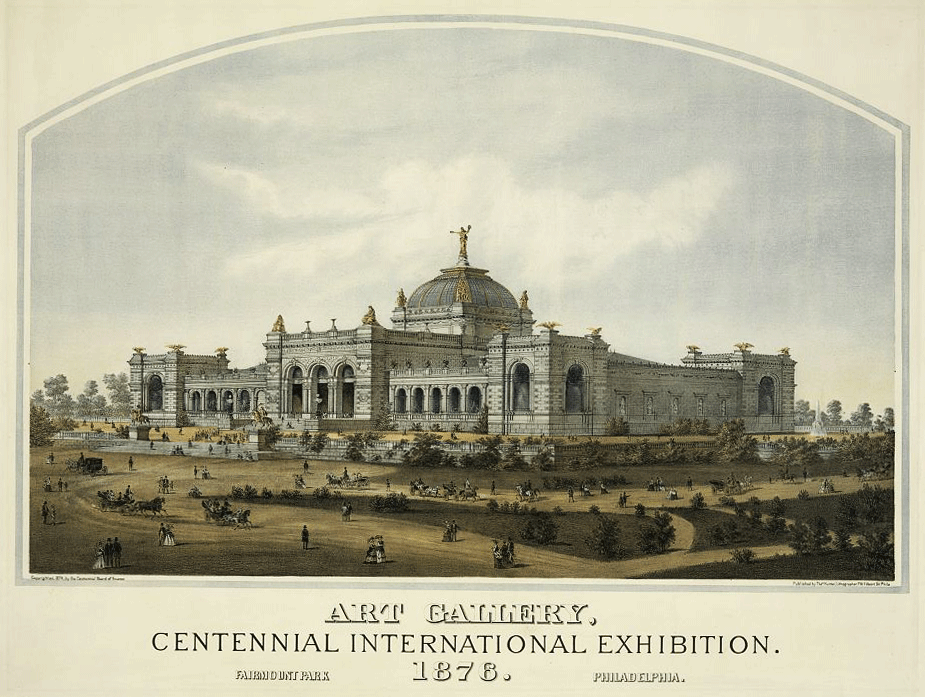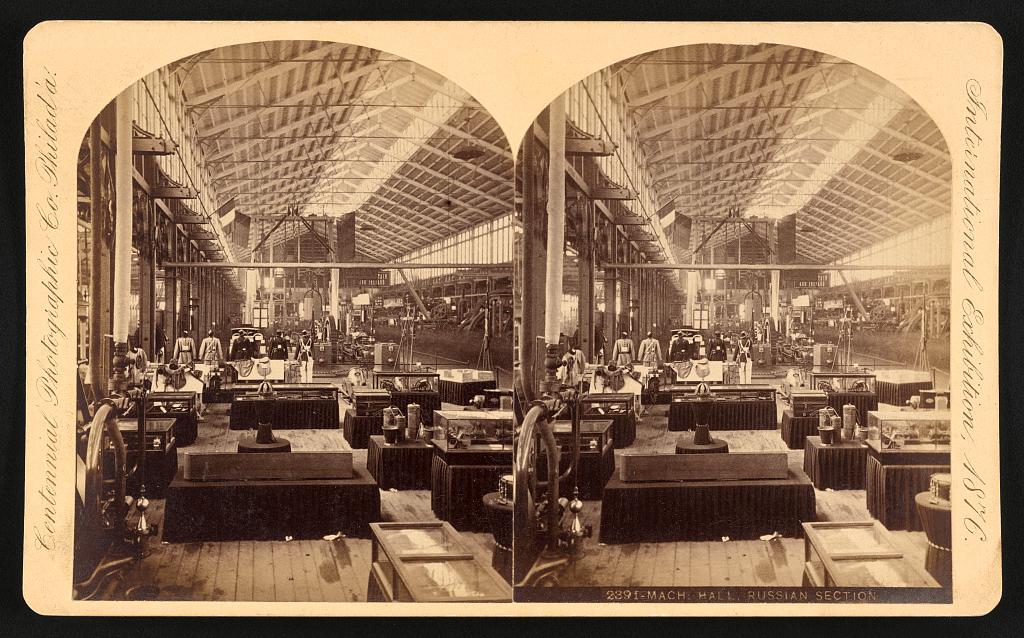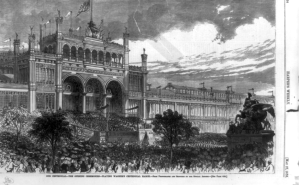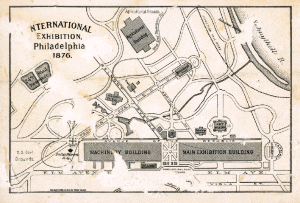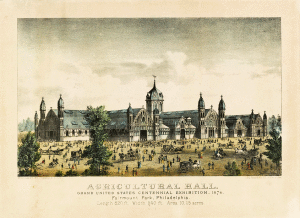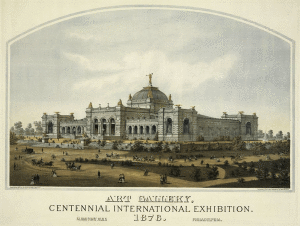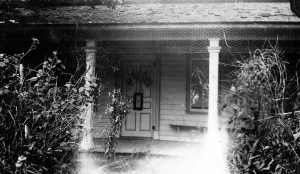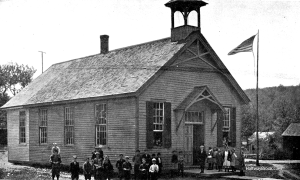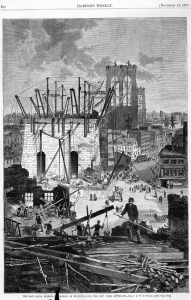
My Dear Aida,
A note from Emma the other day stated that if I would only write once more you would answer No. 2. So you see I am bound and determined to fulfill upon my part all that is possible to get a note from you.
I am well aware how uninteresting anything which I may write will be to you but I will make it so brief that you will not be very much fatigued in reading it providing you can read it at all.
Four weeks of school has already passed which time seems very short to me. I think this is the pleasantest winter weather I have seen for a long time. Not any snow (except an occasional spot now and then) to be seen and the sun shines war as summer.
I’m away from home just now and am using someone’s writing material besides my own. And of course I shall have to break my word with Emma (I s’pose it’s of little account at the best) as I told her I’d write her when I wrote to others.
You may ask her to excuse me this once besides an average of once a week in the future. I shall have to make you a visit before many months seeing I did not see you last summer in Sull. co.
Do you expect to live in Sull. again? What part of the year could you entertain me with the greatest convenience for a very short time? (Taking it for granted of course that my company will be agreeable.)
What are you doing now? What is Emma doing too? But I must close. Write soon. Don’t be afraid.
Yours in love, Chester Beers
Note: Chester’s letters are written to Ida, who (apparently) spelled her name Aida, when she was older. So I have usually changed Ida to Aida.
It will be December before the next post. Busy times here in Cave Creek!
Continue reading

